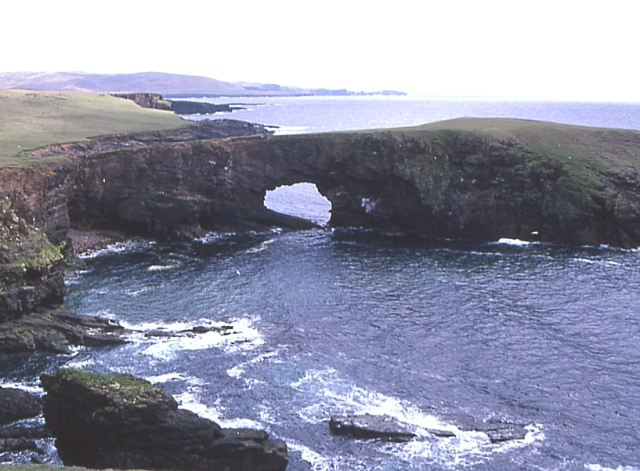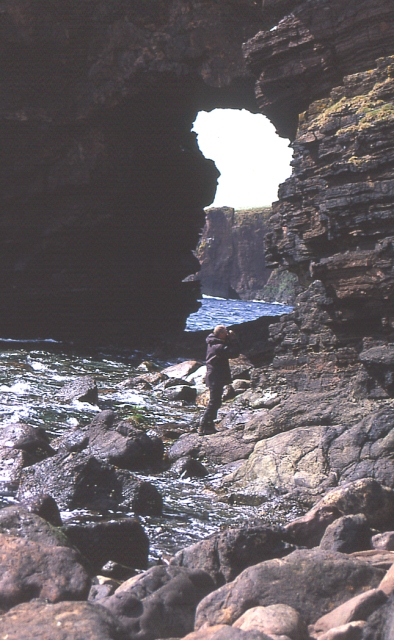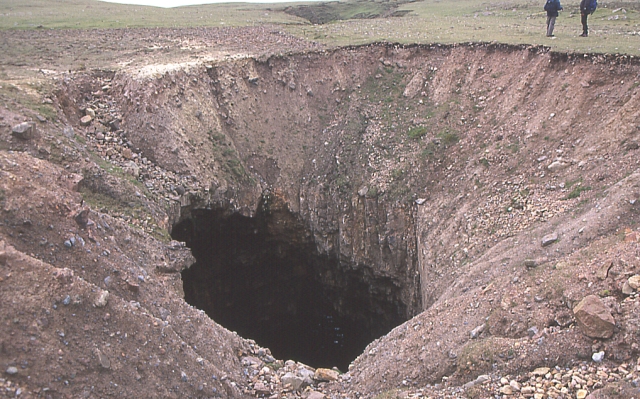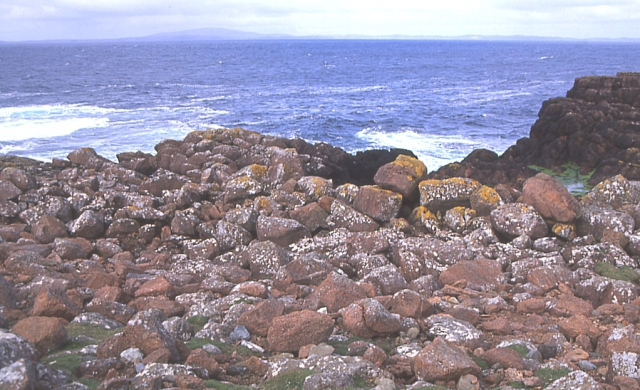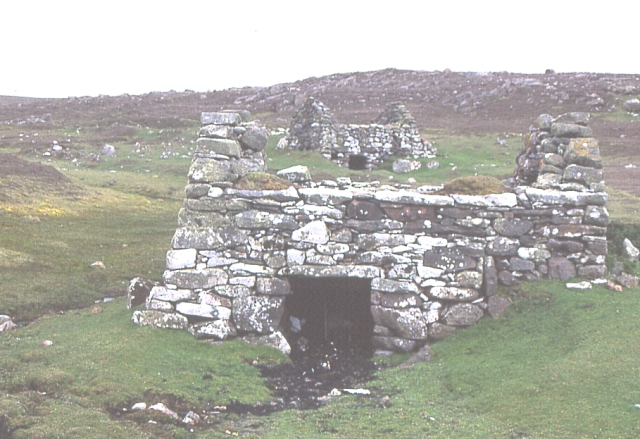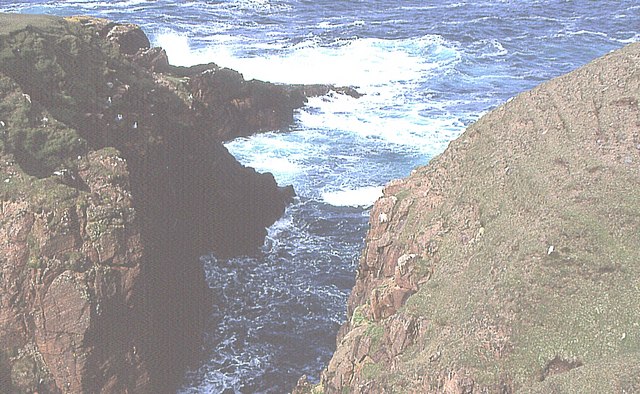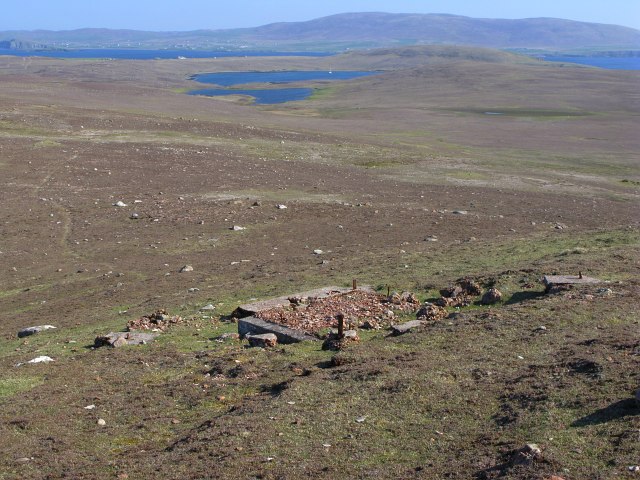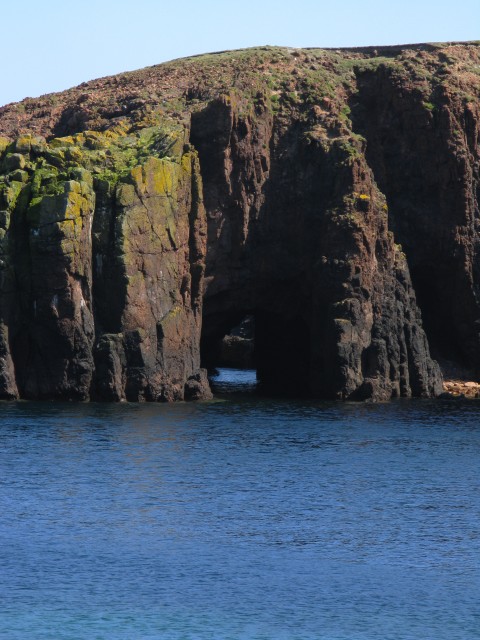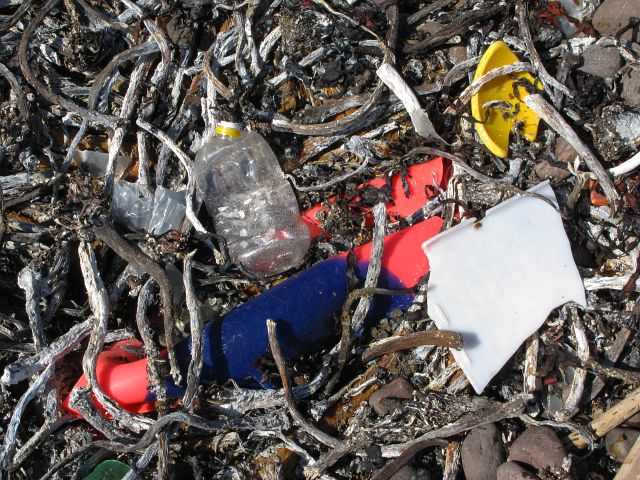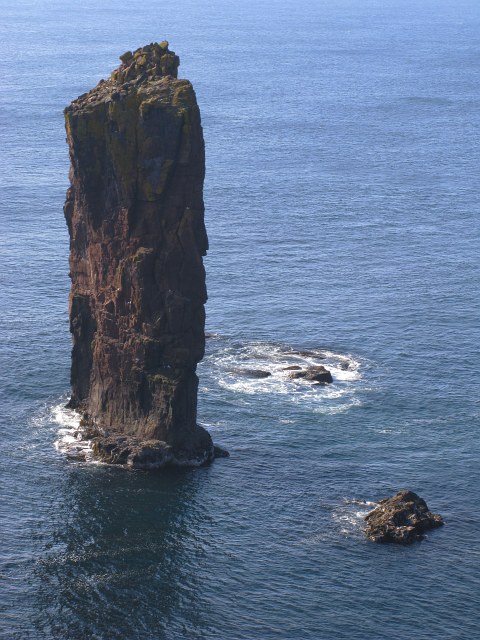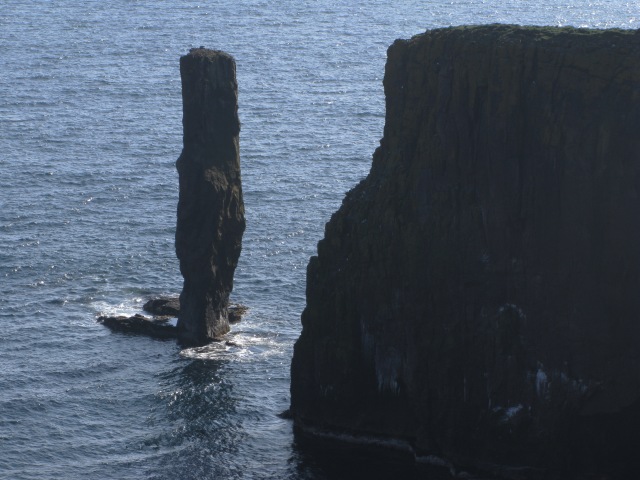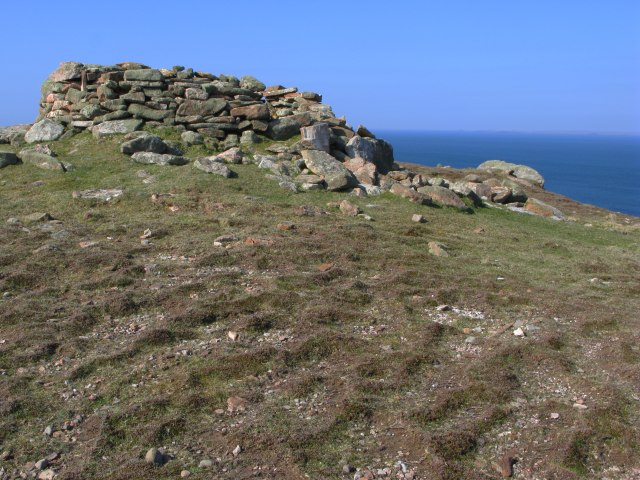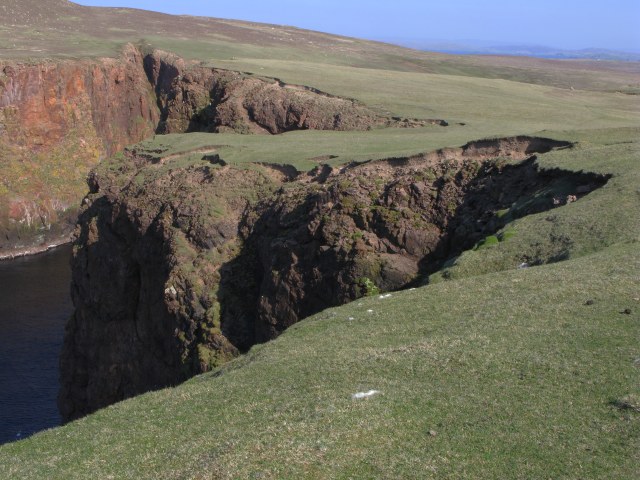The Foot
Island in Shetland
Scotland
The Foot
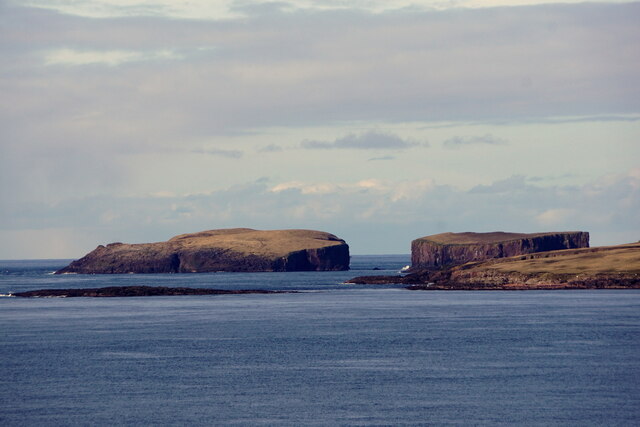
The Foot is a small island located in the Shetland archipelago, situated off the northeast coast of Scotland. It is part of the Shetland Islands Council area and is known for its scenic beauty and rich wildlife. The island covers an area of approximately 2 square kilometers and has a coastline that stretches for around 5 kilometers.
The landscape of The Foot is characterized by rugged cliffs, sandy beaches, and rolling hills. The island is predominantly covered in grass and heather, with scattered patches of shrubs and trees. Its remote and untouched environment offers a haven for various bird species, including puffins, guillemots, and fulmars. The surrounding waters are also home to seals, dolphins, and porpoises.
Access to The Foot is mainly by boat, with regular ferry services connecting it to the mainland and other nearby islands. The island does not have any permanent residents, but it attracts tourists and nature enthusiasts who come to explore its natural beauty and observe the diverse wildlife.
The Foot is a popular destination for outdoor activities such as hiking, birdwatching, and fishing. Its breathtaking cliffs provide opportunities for rock climbing and offer stunning panoramic views of the surrounding sea. Visitors can also enjoy leisurely walks along the sandy beaches, soaking in the tranquility and solitude of this remote island.
In conclusion, The Foot is a picturesque and secluded island in the Shetland archipelago, offering visitors a chance to immerse themselves in the beauty of nature and experience the rich wildlife that calls this island home.
If you have any feedback on the listing, please let us know in the comments section below.
The Foot Images
Images are sourced within 2km of 60.334782/-1.7404736 or Grid Reference HU1461. Thanks to Geograph Open Source API. All images are credited.
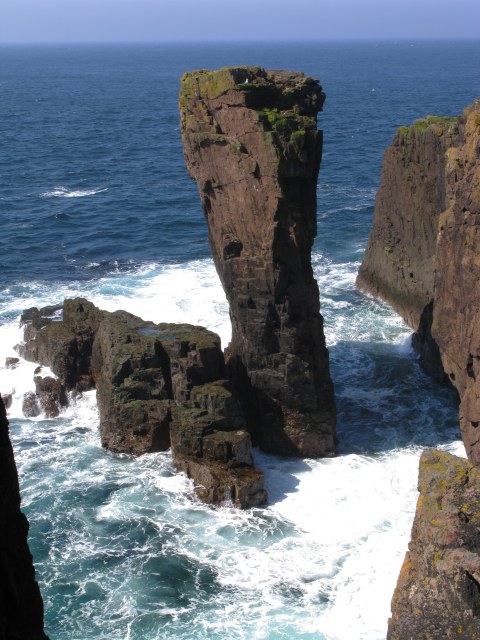
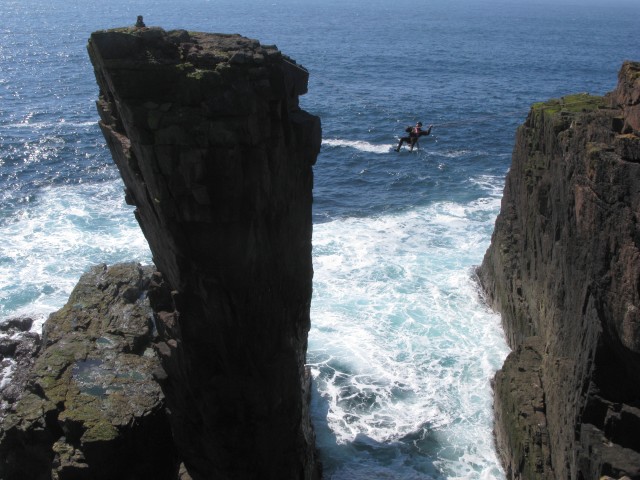
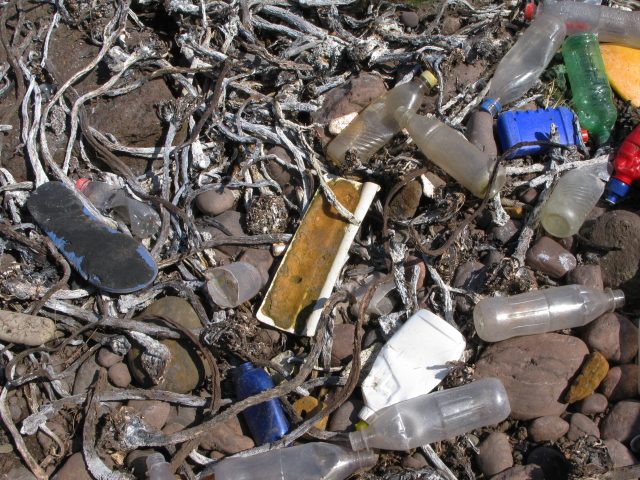
The Foot is located at Grid Ref: HU1461 (Lat: 60.334782, Lng: -1.7404736)
Unitary Authority: Shetland Islands
Police Authority: Highlands and Islands
What 3 Words
///blurs.yachting.cascade. Near Walls, Shetland Islands
Nearby Locations
Related Wikis
Papa Stour
Papa Stour is one of the Shetland Islands in Scotland, with a population of under fifteen people, some of whom immigrated after an appeal for residents...
Papa Stour Airstrip
Papa Stour Airstrip is a small airstrip in the village of Biggings on the island of Papa Stour. Shetland, Scotland. == History == Papa Stour Airstrip opened...
Biggings
Biggings is a village on the island of Papa Stour, in Shetland, Scotland. Papa Stour's church is situated at the south of Biggings. A homestead of Duke...
Forewick Holm
Forewick Holm is a 1-hectare (2.5-acre) island in the Sound of Papa, between Papa Stour and the Mainland of Shetland. It lies adjacent to a skerry called...
Have you been to The Foot?
Leave your review of The Foot below (or comments, questions and feedback).
